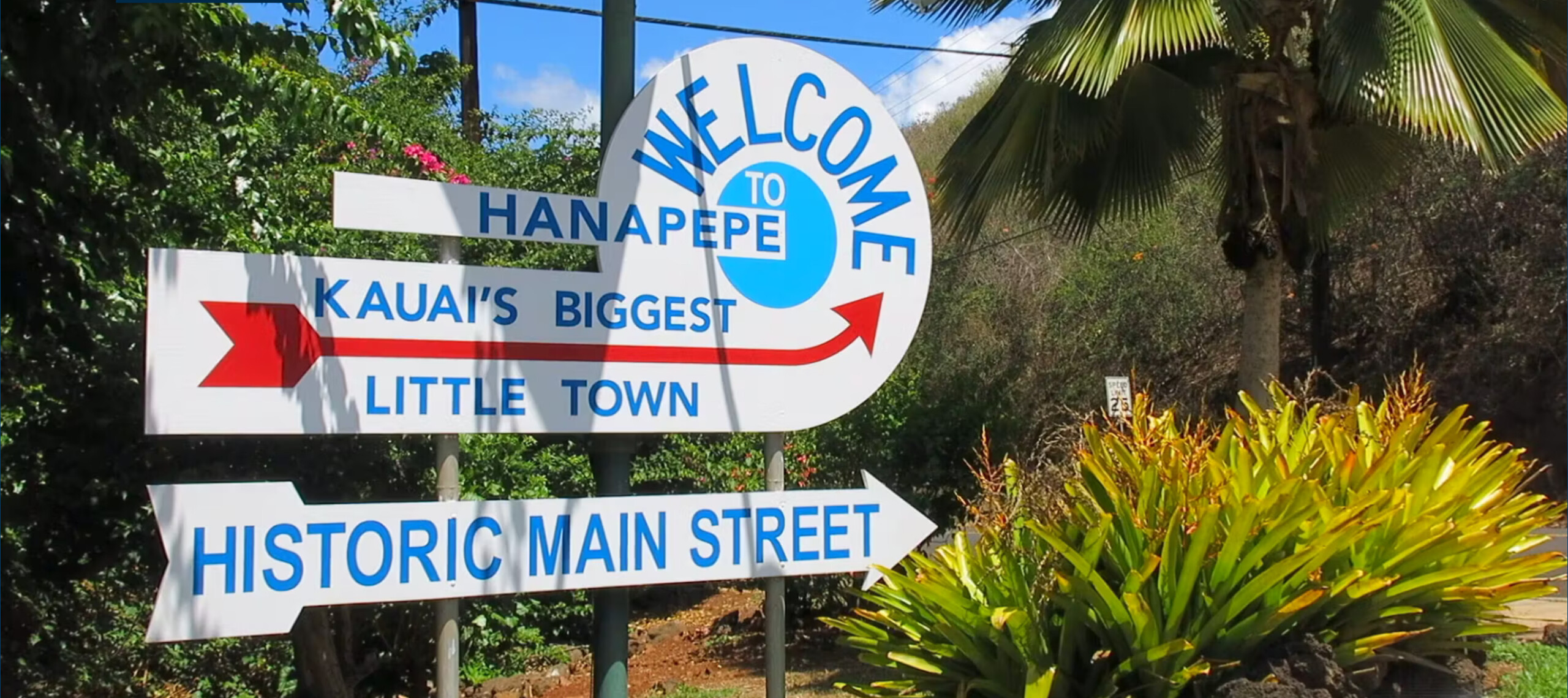By Tommy Noyes

Simple changes such as building sidewalks make our neighborhoods safer for all. Photo by Tommy Noyes
Hawai‘i took a cautious first step toward eliminating traffic related deaths and serious injuries. In June, Gov. David Ige signed into law Act 134, requiring the Hawai‘i Department of Transportation’s Highways Division and county transportation departments to adopt Vision Zero policies to prevent and eliminate traffic fatalities.
Vision Zero takes a “safety first” approach, prioritizing traffic safety over other transportation considerations. Vision Zero acknowledges that traffic deaths and serious injuries are preventable, and is a multidisciplinary approach to bringing together a diverse set of stakeholders to address the complex problem of traffic safety.
Working together, we can attain these goals — understand why crashes cause fatalities and then implement practical strategies that will prevent fatalities and reduce the severity of injuries.
With the new Vision Zero law, concerned community members now have a forum to share their best ideas on safety improvements. These ideas will range from relatively easy fixes like relocating painted lane markers to the major projects that will take years to complete and exceed the complexity of Lihu‘e’s roughly $15 million Rice Street makeover.
Road safety efforts have been underway for decades. Mothers Against Drunk Driving has been a leader since 1980, halving the number of traffic fatalities caused by impaired driving. Since 2007, Hawai‘i has compiled and revised Strategic Highway Safety Plans with federal assistance. Despite myriad efforts, as a nation we are still afflicted with tragic incidents of preventable roadway violence.
The following excerpt from the Safety for All Users Report — A Report Developed by the U.S. Department of Transportation Under Section 1442 of the Fixing America’s Surface Transportation (FAST) Act, dated December 2017, describes an American crisis that can no longer be tolerated:
“After many years of progress in reducing traffic fatalities and serious injuries, over the last two years, traffic fatalities and serious injuries have increased. In 2016, 37,461 people died in crashes on U.S. roadways, a 5.6 percent increase over 2015 when 35,485 people died. An 8.4 percent increase in fatalities between 2014 and 2015 represented the largest increase in more than 50 years, with fatalities increasing across all crash types, including significant increases for pedestrians and bicyclists.
“Compared to 2015, in 2016 passenger car occupant fatalities and motorcyclist fatalities each increased by 5.1 percent. Bicyclist fatalities increased 1.3 percent to the highest number since 1991. Pedestrian fatalities increased 9.0 percent – the largest increase of any group — and are now at their highest number since 1990. This amounts to a pedestrian dying every 1.5 hours.

Tommy Noyes
“Over the past decade, pedestrians have accounted for an increasing proportion of all traffic fatalities – up from 11 percent in 2006 to 16 percent in 2016.”
Kaua‘i Path, an educational nonprofit, promotes smart bicycling and pedestrian practices. Persons willing to constructively participate in creating safer streets may reach out to Kaua‘i Path by emailing news@KauaiPath.org.
You can help now by adhering to the speed limits, following the rules of the road, putting away cell phones while on the road, and sharing the road with aloha for all fellow travelers.
- Tommy Noyes is Kaua‘i Path’s executive director, a League of American Bicyclists Certified Instructor and active with the Kaua‘i Medical Reserve Corps.
Discover more from ForKauaiOnline
Subscribe to get the latest posts sent to your email.





Leave a Reply